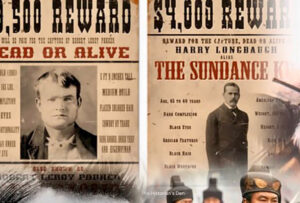Swiss alpinist Dani Arnold has set a new solo speed record on the North Face of the legendary Grandes Jorasses, near the French-Italian border.
Arnold, 34, reached the 4,208-metre summit in 2 hours 4 minutes on July 27, but his achievement was not reported until this week. He climbed the Cassin route up the Walker Spur, beating the previous record of 2 hours 21 minutes set on a different line by the late Swiss icon, Ueli Steck.
Arnold has focused on the Grandes Jorasses for years, practicing the route several times to master all the difficult sections. Weather conditions prevented his record attempts in 2016 and 2017. This season, however, a rare combination of fine weather and excellent conditions prevailed.
An elated Arnold said on his website, “I am feeling unbelievably happy and very proud of my achievement. Looking back, waiting such a long time for the right moment really paid off. Everything needs to be right: little details, such as whether I should climb two meters more to the right or to the left, sound ridiculous when you’re talking about a 1,200-meter face, but in the end, these details make the difference.
“Around 80 percent of the Cassin route consists of rock, which is more difficult terrain than ice for a speed ascent,” he added. “The most demanding section was the steep and technically complex Rébuffat corner, since this part was very wet due to meltwater.”
The North Faces of the Grandes Jorasses, the Eiger and the Matterhorn are collectively known as the Trilogy. They are the hardest of the great north faces of the Alps, requiring a mix of strength, technical skill and tenacity. The Trilogy was first climbed 80 years ago.
Steck previously set the speed record on all three faces, but Arnold now holds two of them, after taking the Matterhorn record in 1 hour 46 minutes in 2015.
Arnold’s focus will likely now return to the Eiger, where Steck reclaimed the record from him in 2015 with a time of 2 hours 22 minutes and 50 seconds. Steck perished two years later, after falling from Nuptse while training for an Everest-Lhotse traverse.

Dani Arnold beetling up the North Face of Grandes Jorasses. Photo: daniarnold.ch
In recent years, speed records have increasingly become one way for adventurers to distinguish themselves on well-known routes. No longer able to be the first, they turn to other means to claim their place in history.
This is not isolated to climbing but also to other areas of adventure, such as polar expeditions. But while the skill and fitness that elite athletes like Arnold and Steck demonstrate on classic yardsticks like the Grandes Jorasses are unquestioned, boasting of a speed record for an Antarctic route done just a few times previously may be less justifiable. Nevertheless, it does seem that stopwatch adventure is here to stay, especially in climbing.
“Speed seems to be developing into a separate sport, with very different objectives and different rules,” says Canadian mountaineer and writer Geoff Powter. “Already this year, a few deaths around Chamonix and a few in Yosemite have come from people chasing speed records.”
You can view the video of Arnold’s ascent below.






